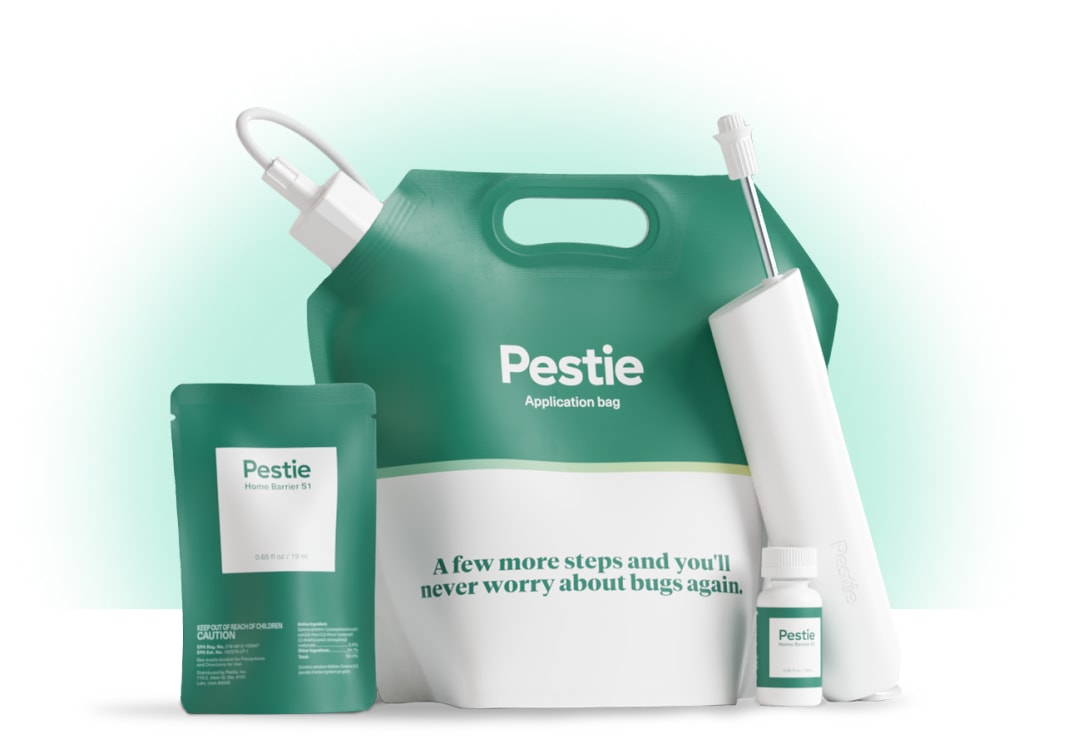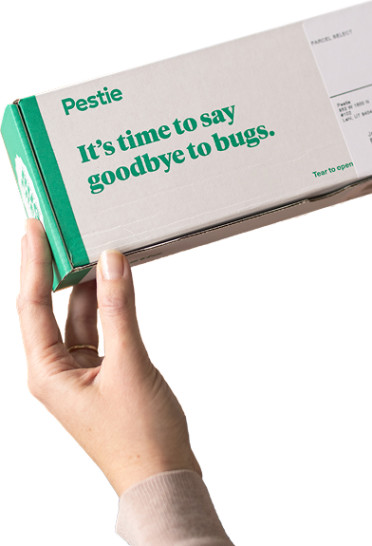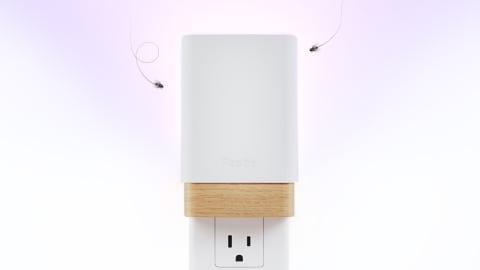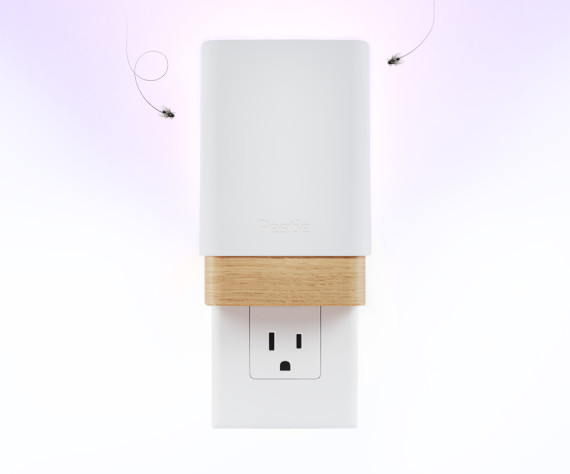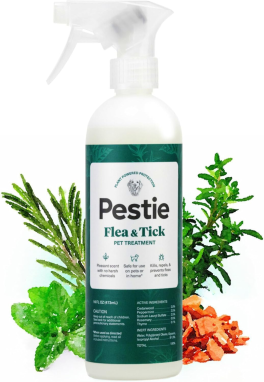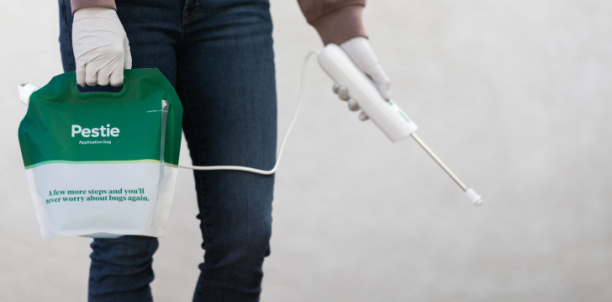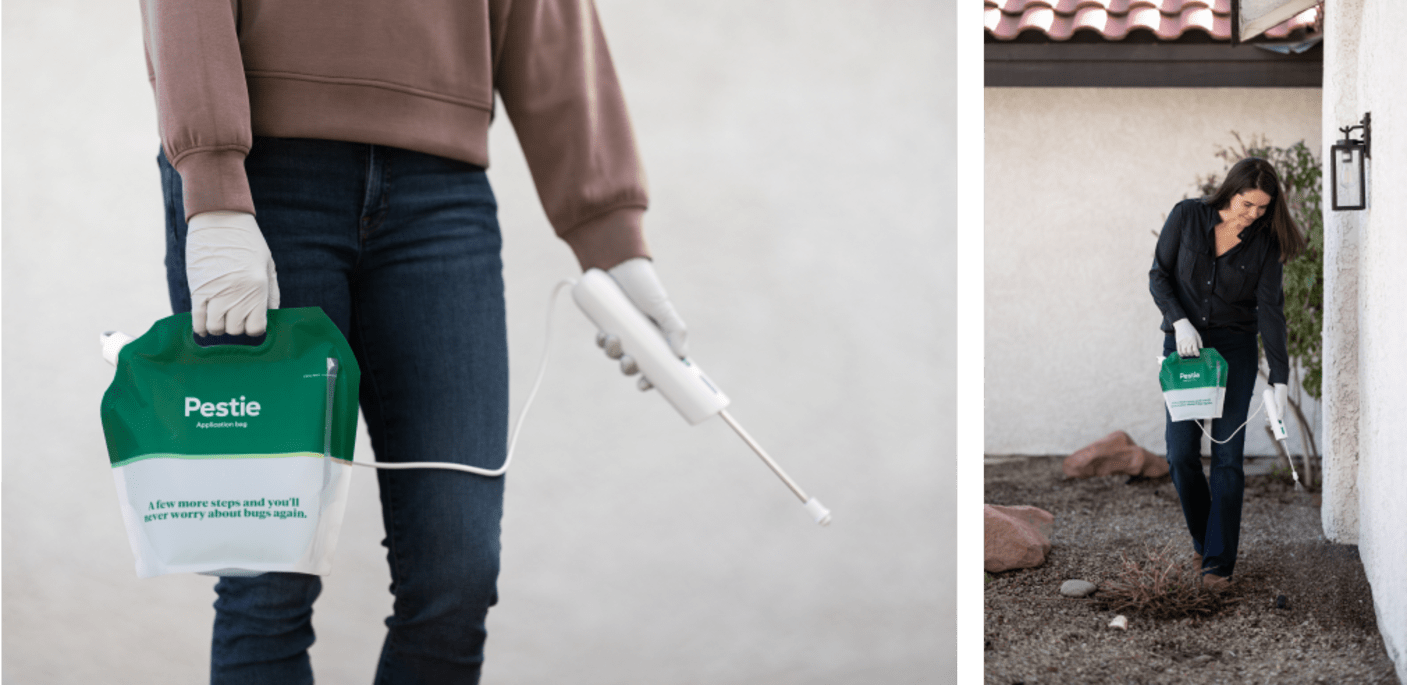How to identify and get rid of sod webworm
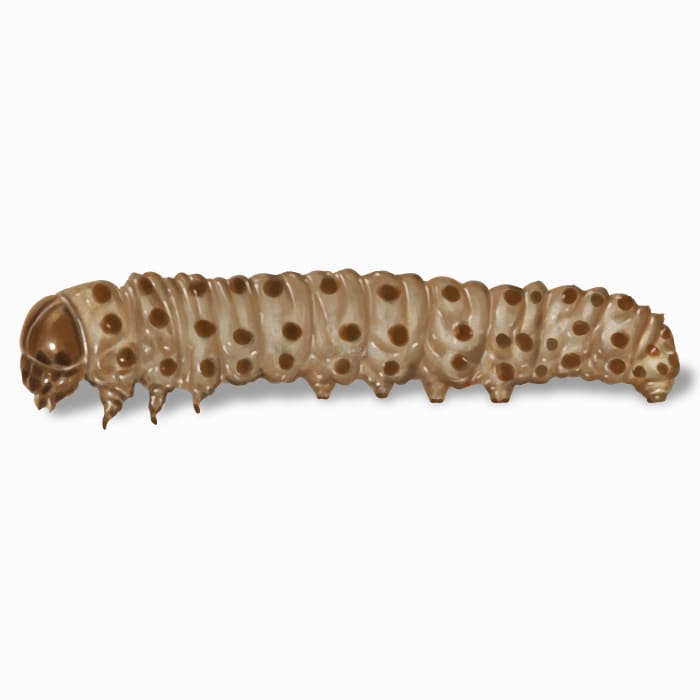
The unseen enemy: the pest inside your lawn
Have you ever walked out on your lawn and noticed patches of dead grass? But you watered and fertilized religiously! How can this be?
Unfortunately, sod webworms have probably settled into your yard and made themselves at home. Sod webworms are small caterpillars that are known for their sneaky eating habits that leave unsightly brown patches across lawns. They come out at night and eat the stems and leaves of your turfgrass.
The eggs hatch in spring, but you may not notice any damage during summer if you aren't watering regularly. The brown patches often look like drought damage. However, around the end of the summer, sod webworms left unchecked can do some serious damage to your lawn.
The larvae tend to infest sunny patches of lawn and less so in the shade. Since the caterpillars live in the thatch layer of your lawn, the space between the soil and the grass, you might see holes where birds have been pecking in the thatch. The caterpillars also spin silken tunnels in the thatch for their burrows.
Luckily, with the right prevention and treatment, you can keep your lawn looking green and lush all year long.
How to identify sod webworm
Sod webworms can be tricky to spot directly, as they're nocturnal and tend to hide during the day in small tunnels in the soil or at the base of grass stems. One of the first signs of a sod webworm infestation is small brown spots in the grass. As the webworm grows, so will the patch.
The caterpillars are usually brown or green with dark spots on their backs. The adult moths will fold their wings back like a pitched roof. This gives them a very slender appearance. They also have a "snout" on the front of their head. These are actually mouthparts that project forward.
How big are sod webworms?
Sod webworm larvae grow up to 3/4 inch long
What other pest looks like a sod webworm?
Sod webworms might be mistaken for other lawn pests like cutworms, grubs, fall webworms, or armyworms, but you will only see them active at night. Also, look for their silk webbing in the thatch. Additionally, the brown spots in your yard may be confused with drought or dog activity in the yard.
Where do sod webworms live?
Sod webworms are found across the United States, thriving in well-irrigated lawns and golf courses.
How to get rid of sod webworms
Before you start treating your lawn, as soon as you see brown spots, you'll want to verify you have a sod webworm problem.
One of the best ways to check for webworms is with a soil drench. Mix ¼ cup of dish detergent with two gallons of water. Then, measure out a square yard of your lawn. Then, dump one gallon of your solution into the lawn. The caterpillars won't like this and will start to pop out of their hiding places. If you have 12-15 webworms in that square yard, then you have an infestation and need to do something about it.
Prevention is also important. Here are a few things you can do to keep sod webworms from settling into your yard this spring:
- Encourage natural predators: Birds, beetles, and other insects can help control sod webworm populations.
- Reduce watering: Less frequent watering can make your lawn less attractive to the moisture-loving larvae.
- Regular lawn maintenance: Mowing and aerating your lawn can disrupt the life cycle of sod webworms.
Use a spray, like the one Pestie offers, around your property to keep adult moths out of your lawn. Get your customized plan here.
Treat sod webworms with Pestie
If you're still having trouble keeping sod webworms away, the best option is to use a pro-grade, effective pest control solution like Pestie.
Pestie is a do-it-yourself pest control solution that's specially designed to keep sod webworms and other pests away from your home.
With Pestie, you can rest easy knowing that your living space is protected and free of creepy crawlies. And the best part? It's designed for people, pets, and the planet, so you can say goodbye to harsh chemicals and hello to peace of mind!
- Save hundreds compared to traditional annual pest plans
- People, pet, and planet-friendly
- Pro-grade customized formulas
Quick facts
- Scientific name
Order - Lepidoptera
- Colors
Adults - dull brown or gray; Caterpillars - brown or green
- Life span
5 to 7 weeks
- Diet
Turfgrasses
How dangerous are Sod Webworms?
Low danger risk
While they're harmless to people, they can quickly turn a lush green lawn into a patchy brown mess.
The adult female moths often fly across lawns in a zigzag pattern, looking for suitable places to lay eggs.
